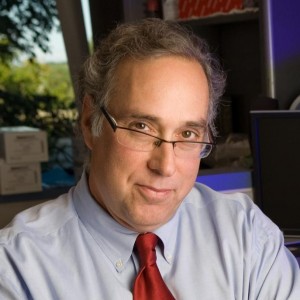
“Incredible physician-scientist role models” in the Renal Division at Washington University School of Medicine have been instrumental in shaping the acclaimed research career of James Shayman, MD, currently professor of pharmacology and internal medicine and past Associate Vice President for Research at the University of Michigan in Ann Arbor.
Shayman, who notes that his time at Washington University ignited a lifelong passion for both science and medicine, is credited, along with his research team, with the discovery of a breakthrough therapy to treat Gaucher disease. The FDA approved that therapy, a first-line oral medication called Cerelga, last fall after clinical trials found it to be as effective, or even more effective, than traditional enzyme replacement therapy for patients with Gaucher disease type 1. In the pipeline now for approval is a second drug to treat a similar lysosomal storage disorder called Fabry disease.
The FDA approval comes after more than three decades of research investigating the mechanisms that trigger certain lysosomal storage diseases. Initial research began while Shayman was a nephrology fellow at Washington University. “Several physician researchers — in particular Aubrey Morrison, Eduardo Slatopolsky and Saulo Klahr — drew me to both science and medicine,” says Shayman. “The role models that these physician scientists provided and Washington University’s overall valuation of fundamental science was something quite special.”
He worked side by side with Morrison to study certain membrane lipids and their role in hormone signaling. When he moved to the University of Michigan in 1986, Shayman turned his attention to a specific group of lipids called glycosphingolipids and to two common lysosomal storage diseases, Fabry disease and Gaucher disease. Says Shayman: “These are the most common lysosomal storage diseases that lead to renal failure and stroke.” His lab succeeded in developing small molecule inhibitors of glycosphingolipid synthases that then led to the creation of Cerelga.
“As time goes on, I value the extensive training and research opportunities I received at Washington University, from the medical school through residency and fellowship,” says Shayman. “There was no ‘eureka’ moment when I decided to become a physician scientist. I just came to the realization after watching all the extraordinary doctors around me that physicians could actually do research in addition to having a practice. I still see patients each week, but the bulk of my time is spent on translational research to find better treatments for patients.”